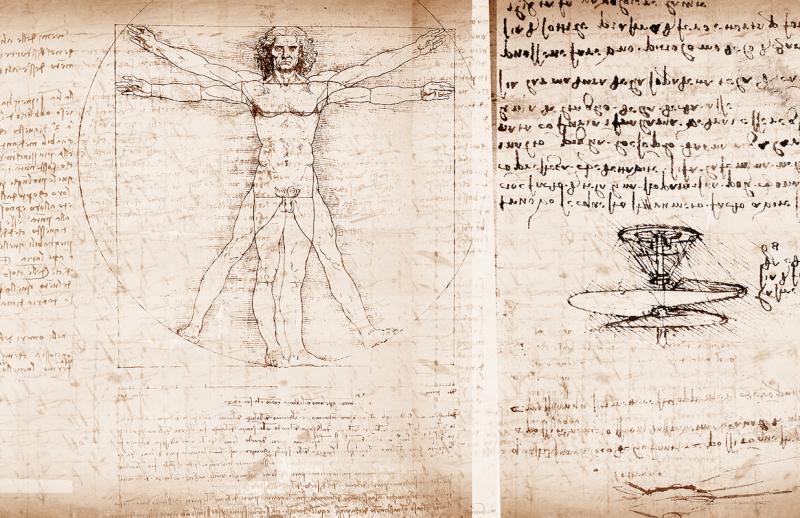What made Leonardo da Vinci, Leonardo da Vinci? What is the secret of his universal genius and extraordinary talent?
We may be a little closer to uncover that secret thanks to 14 newly-found direct descendants of the multifaceted Renaissance scientist and artist.
Aged between one and 85 years old, they live near Vinci in Tuscany and “have ordinary jobs, like a clerk, a surveyor, a craftsman,” says Alessandro Vezzosi, the founder of the Museo Ideale Leonardo da Vinci in Leonardo’s hometown of Vinci; in early July, Vezzosi published the results of a genealogical study carried out with Agnese Sabato, president of the Leonardo Da Vinci Heritage Association, in the journal Human Evolution, “The New Genealogical Tree of the Da Vinci Family for Leonardo’s DNA. Ancestors and descendants in direct male line down to the present XXI generation.”
The decades-long research on Leonardo’s family tree has led to tracing 21 generations so far, from 1331 to today, starting with da Vinci's great-great-great grandfather Michele; the aim of this investigation is to reconstruct the genius’ genome, to “scientifically explore the roots of his genius,” the researchers wrote in the article.
In 2016, 35 living descendants of Leonardo had already been identified, but they were mostly indirect, the result of parallel relationships also down the female line, as in the best-known case of Italian film director Franco Zeffirelli; they could not provide useful information on the DNA of Leonardo and in particular on the Y chromosome, which is passed on from father to son.
The breakthrough of the latest studies lies in having identified Leonardo's descendants through an unbroken male line from da Vinci's father, Ser Piero, and stepbrother Domenico, a condition that enables to reconstruct Leonardo’s genetic profile because the Y chromosome may have remained unchanged through the generations.
The 14 descendants’ DNA will be analyzed in the coming months - by comparing their Y chromosome with that of their ancestors - to contribute to the studies of the international research group named 'The Leonardo Da Vinci DNA Project,’ chaired by Jesse Ausubel of Rockefeller University in New York. “The goal of the Leonardo da Vinci DNA Project is to conclusively determine if the remains purported to be those of Leonardo da Vinci at Amboise Castle are his, by comparing DNA profiles to those of known relatives. Further, we intend to use whole genome sequencing data from Leonardo’s remains to better understand his extraordinary talents and visual acuity through genetic associations,” the website states.
Leonardo was born out of wedlock in 1452. He never married and had no children, but had at least 22 half-siblings.
Specific details on who the 14 descendants are have not been revealed to protect their privacy.














